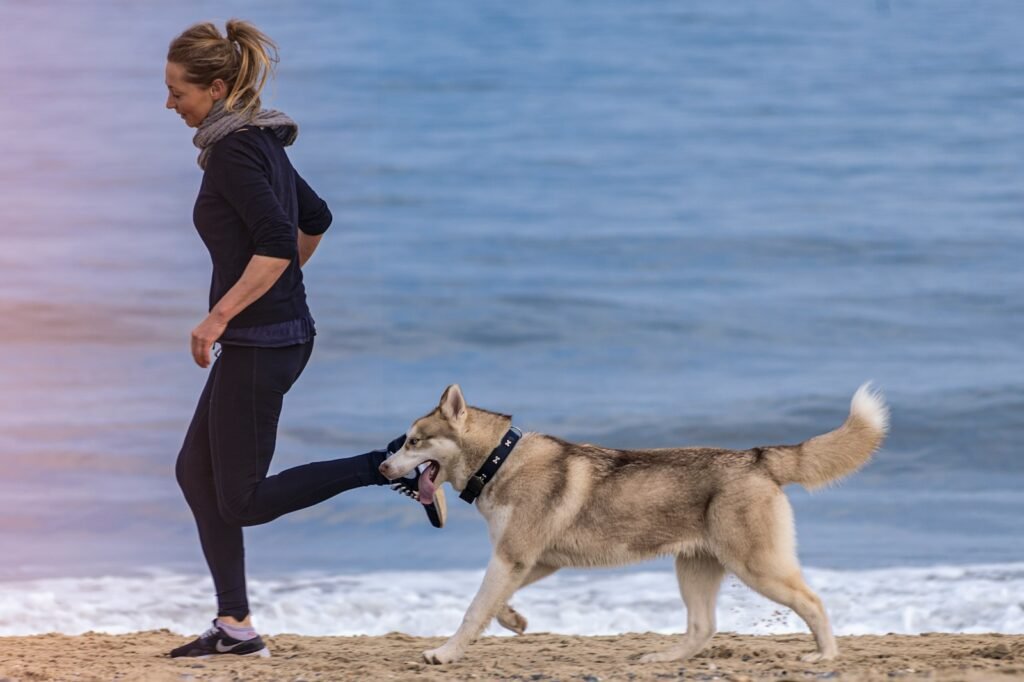Choosing a dog breed that matches your lifestyle is crucial for ensuring the happiness and well-being of both you and your future pet. It’s important to consider the characteristics of different breeds and how they align with your daily life. From energy levels to grooming requirements, each breed has distinct traits that can affect their compatibility with your lifestyle.
Assessing Your Activity Levels

One of the first considerations is your activity level. High-energy breeds, such as Border Collies or Siberian Huskies, require plenty of exercises and are best suited for active individuals or families who enjoy running, hiking, or playing sports. On the other end of the spectrum, breeds like Bulldogs or Basset Hounds are more laid-back and don’t require as much exercise.
Evaluating Living Space and Environment

The size of your living space can significantly impact your choice of breed. Larger breeds like Great Danes and Saint Bernards need plenty of room to move around, while smaller breeds like French Bulldogs or Pugs are more adaptable to apartment living. Consider also the climate of your region; some breeds are better suited to cold climates while others thrive in warmer weather.
Consideration of Family Structure

If you have children or other pets, you’ll need a breed that is known for its friendly and tolerant nature. Breeds such as Labrador Retrievers or Golden Retrievers often make excellent family pets due to their gentle and sociable demeanor. If you have other animals, consider getting a breed that has a history of getting along well with other pets.
Grooming and Maintenance Requirements

Grooming needs vary widely among different breeds. Long-haired dogs, such as Afghan Hounds and Shih Tzus, require regular grooming to prevent matting and tangles, while short-haired breeds like Dachshunds or Boxers are lower maintenance. Some breeds are prone to shedding, which can be a concern if anyone in your household has allergies.
Health Considerations and Lifespan

All dog breeds are prone to certain health issues. Researching these potential problems can be vital for your decision-making process. For instance, large breeds are often susceptible to hip dysplasia, while smaller breeds may have dental issues. Additionally, consider the average lifespan of the breed to ensure you are prepared for a long-term commitment.
Training and Behavioral Traits

Temperament and trainability are important factors to consider. Some breeds, such as Poodles or German Shepherds, are highly trainable and eager to please, making them great options for first-time dog owners. Conversely, breeds like the Afghan Hound may be more independent and require patient and consistent training methods.
Financial Considerations

Owning a dog can be a significant financial commitment. Apart from the initial cost of purchasing or adopting, consider the ongoing expenses such as food, veterinary care, grooming, and training. Some breeds may have specific dietary needs or are more prone to illnesses, leading to potential higher costs.
Understanding Purpose-Bred Traits

Many breeds have been developed for specific purposes such as herding, hunting, or guarding. Understanding these traits can help you determine if the dog’s natural instincts will fit your lifestyle. For example, breeds like the Border Collie thrive in environments where they can perform the tasks they were bred for, such as agility or obedience training.
Research and Real-World Interactions

Once you’ve narrowed down your choices, do more in-depth research into each breed. Attend dog shows, reach out to breeders, or visit shelters to meet dogs in person and ask detailed questions. This will give you a better sense of the breed’s temperament and suitability for your lifestyle.
Conclusion: Making the Final Decision

Choosing the right breed is a personal decision that requires careful thought and consideration of various factors. Balancing your lifestyle with the needs and characteristics of the breed will help you find a perfect canine companion that brings joy and fulfillment to your life. Remember, adopting a dog is a long-term commitment that should be made responsibly to ensure a happy and healthy partnership.

Growing up traveling and experiencing new cultures and wonders, I have had a passion for nature, adventuring, photography, and videography. I am currently working towards a BSc in Biodiversity and Ecology at Stellenbosch University, and I hope to specialise in Marine Sciences one day.
Please send any feedback to Feedback@animalsaroundtheglobe.com






